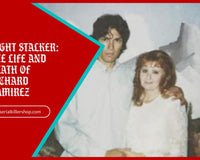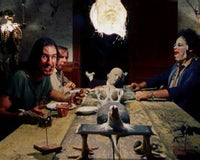While most criminals prefer to keep out of the public eye, the true story of the Dating Game killer, Rodney Alcala, involves an appearance on national television in the middle of a murder spree. Alcala would later prove to be one of the most notorious serial killers of the 1970s, being the prime suspect of over 100 murders.
The history of the Dating Game Killer is one of the most twisted true crime stories and will make you double-check that your doors are locked at night.
The Early Life of Serial Killer, Rodney Alcala
Serial killer Rodney James Alcala was born on August 23, 1943, in San Antonio, Texas.
His parents were a Mexican-American couple named Raoul Alcala Buquor and Anna Maria Gutierrez. Raoul moved the family to Mexico in 1951 and abandoned them three years later. Soon after, his mother and his two sisters moved to a suburb outside of Los Angeles, California.
Alcala joined the United States Army in 1961 at the young age of 17 years old. After serving in the military for three years, he went AWOL in what was determined to be a nervous breakdown. During this time, he hitchhiked from Fort Bragg to where his mother resided. Soon after, a military psychiatrist diagnosed him with antisocial personality disorder, discharging him on medical grounds.
During his trials, Rodney Alcala was later diagnosed with many other mental health conditions, including borderline personality disorder, narcissistic personality disorder, and malignant narcissism with psychopathy and sexual sadism comorbidities.
Alcala's Early Criminal History
Rodney Alcala's first known crime was committed on September 25, 1969. An eyewitness filed a police report after watching Alacala lure a young girl into his Hollywood apartment. According to court records, when police arrived on the scene, Alcala was nowhere to be found.
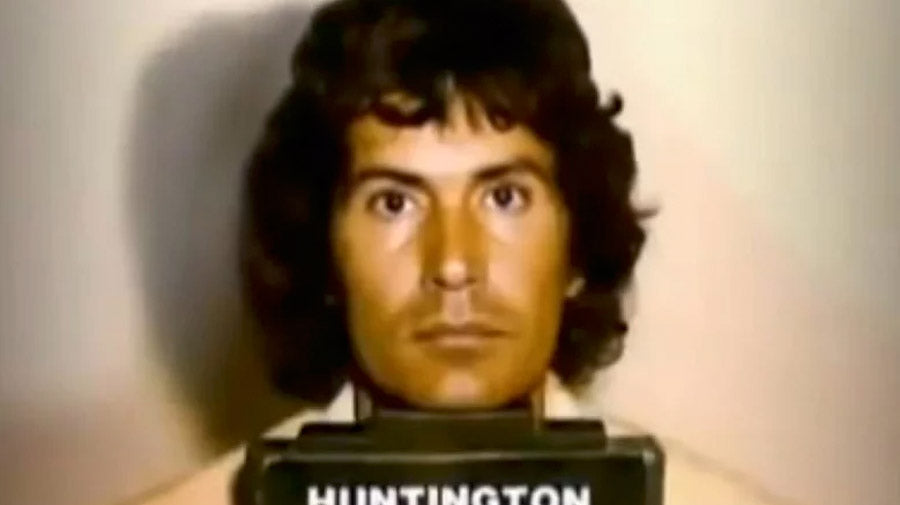
Luckily, the eight-year-old girl, Tali Shapiro, was alive. Alcala had raped and beaten her with a steel bar, leaving her with severe head trauma.
To evade the pending arrest warrant, Alcala attended film school at NYU under the name John Berger. In June 1971, while in New York City, Alcala, a.k.a. Berger, murdered his first victim. His first killing would remain unsolved until 40 years later.
23-year-old Cornelia Crilley's body was found in her apartment in Manhatten. She was presumed to have been raped and strangled in cold blood by Alcala.
Soon after, Alcala was added to the FBI's Ten Most Wanted Fugitives list. At the time, he worked as a counselor at a children's art camp. Two of the camp children saw Alcala's photo on an FBI poster and reported his whereabouts to authorities.
He was then arrested and extradited to California. Tali Shapiro's parents refused to let her testify at the trial. The court was unwilling to charge Alcala with rape and attempted murder without the victim present. Therefore, he was charged with child molestation and sentenced to serve three years in prison.
After spending 17 months behind bars, Rodney Alcala was granted parole. After two short months, he was re-arrested for assaulting a 13-year-old girl who had accepted what she thought to be a ride to school. He only served two years for this crime and was again paroled in 1977.
After Rodney James Alcala was rereleased, his LA parole officer permitted him to travel to New York. Interstate travel typically isn't allowed for violent repeat offenders, especially since Alcala was a known flight risk.
New York cold-case investigators now have evidence that proves that right after the serial killer arrived in Manhatten, he murdered Ellen Jane Hoover, the Ciro's heiress, and Cornelia Crilley, a TWA flight attendant. Hoover's corpse was found buried at Rockefeller Estate in Westchester County.
Proving to be a master of disguise, Alcala worked briefly as a typesetter for the LA Times in 1978, having slipped through the cracks despite his status as a registered sex offender. The Hillside Strangler task force interviewed him while he was working there as part of their investigation into known sex offenders. The investigators ruled Alcala out as a suspect but arrested him for marijuana possession.
Appearance as Bachelor Number One on The Dating Game
In 1978, serial killer Rodney Alcala made a TV appearance on The Dating Game. When the TV dating show episode aired, Alcala was in the middle of an estranged killing spree. At the time, no one knew that their fellow game show contestant was a violent sociopath.
The game show host, Jim Lange, introduced the killer as a "successful photographer who got his start when his father found him in the darkroom at the age of 13. Between takes, you might find him skydiving or motorcycling."
After all three bachelors were announced, bachelorette Cheryl Bradshaw began asking questions. Her first one was directed at Alcala, bachelor number 1.
"What's your best time?" Bradshaw asked Alcala.
"The best time is at night," Alcala responded with a creepy smile. "Nighttime."
One of the fellow contestants, Jed Mills, who was bachelor number 2, sat next to Alcala, said, "He was creepy. Definitely creepy." He confessed that he had an immediate distaste for Alcala, "Something about him, I could not be near him."
Somehow Alcala won the Dating Game as Cheryl Bradshaw picked him out of the three contestants. However, when she finally met the winning contestant, her excitement quickly faded as she regretted choosing Alcala.
The next day, Bradshaw called the show's office to tell contestant coordinator Ellen Metzger that she didn't feel safe going out with Alcala. Ellen recalls her frantically saying, "Ellen, I can't go out with this guy. There's a weird vibe coming off of him. He’s very strange. I am not comfortable."
Thanks to Bradshaw's instincts, she avoided being one of Alcala's many victims.
Following Alcala's appearance on the Dating Game, he killed three young women. Criminal profiler Pat Brown speculated that Bradshaw's rejection could have been what triggered his killing spree.
When discussing Alcala's rejection, Brown stated, "That is something he would not take too well. Serial killers don't understand rejection. They think that something is wrong with that girl: 'She played me. She played hard to get.'"
This appearance on the Dating Game would later earn Alcala the title of the Dating Game Killer.
The Murder of Robin Samsoe
Robin Samsoe, a young girl from Huntington Beach, was abducted by Alcala on June 20, 1979. He snatched the 12-year-old as she biked to her ballet lesson. 12 days after the abduction, Samsoe's rotting corpse was found in the Los Angeles foothills.
During the investigation, one of Somsoe's friends told police that a strange man approached them on the beach and asked if he could take pictures of them. She gave them a description of the man, who was soon identified by Alcala's parole officer.
In July 1979, the Dating Game Killer was arrested for Samsoe's murder and held without bail. In 1980, Alcala was sentenced to execution for the murder of the young girl. However, the California Supreme Court later overturned the verdict, stating it was impermissible since the jurors were improperly informed of his previous sex crimes.
Six years later, a nearly identical trial was held that omitted the testimony of his prior record. The Alcala was sentenced to death yet again.
In 2001, Alcala filed for an appeal and was granted a third trial. During the new trial, a 9th U.S. Circuit Court of Appeals panel overturned his death sentence. The panel decided that the second trial was illegal because the judge refused to allow a witness to testify in support of the defense's assertion that the police investigators hypnotized the park ranger who discovered Samsoe's mutilated body.
Unveiling the Serial Killer
The prosecution for the third trial of Samsoe's murder decided to run Alcala's DNA through the system despite his objections. This crucial component pointed to him being the culprit in four other brutal murders. His victims were Jill Barcomb and Georgia Wixted in 1977, Charlotte Lamb in 1978, and Jill Parenteau in 1979.
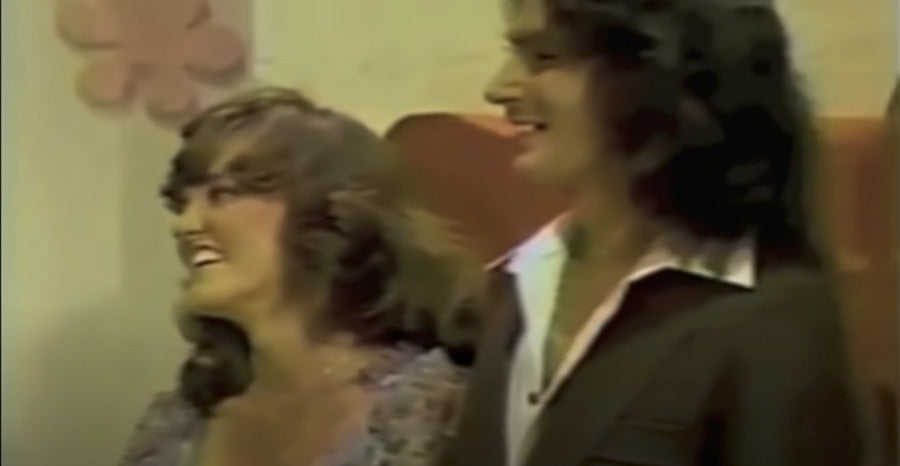
Deeper into the investigation, police also found a receipt for a storage locker in Washington State at Alcala's mother's house. To their surprise, they discovered Samsoe's earrings in the locker.
This crucial piece of evidence sealed the deal for Alcala, leading prosecutors to link all five murders together. In 2006, the California Supreme Court granted the request for another trial.
The trial didn't begin until February 2010 in Santa Ana, California, during which Alcala represented himself. This trial was a spectacle, to say the least. At one point, the Dating Game Killer took the witness stand for his own defense, during which he had a five-hour-long Q&A.
The killer also claimed that Samsoe's earrings in the storage unit were his. While he fought tooth and nail against the charges of Samsoe's murder, he did not show the same determination in defending himself against killing the other four women. He claimed that he didn't remember what happened, so he must not have killed the other women.
Alcala played "Alice's Restaurant" as part of his closing argument during the trial. A song in which the protagonist expresses his desire to kill a psychiatrist.
The jury found Alcala guilty after less than two days of deliberation. They charged him with five counts of first-degree murder, and he was sentenced to death for the third time.
The Famous Alcala Photos
Alcala's case gets even more twisted. Over the years, the man had compiled over 1,000 photos of women, teenage girls, and boys. Many of these disturbing photographs depict his "models" nude and in sexually explicit poses.
"He said he was a professional, so in my mind, I was being a model for him," said Liane Leedom, a woman who allowed him to take photos of her in 1979 in her parents' living room. He showed her his "fashion portfolio," which included pictures of unclothed women as well as “spread after spread of [naked] teenage boys. I look back now, and I can’t believe I was so trusting," said Liane during an interview.
After Alcala was convicted and given the death penalty, law enforcement released 120 of his photographs to the general public. They were hoping that people would help identify the individuals in the pictures.
Within a few weeks of the photo's release, 21 women identified themselves, and six families identified loved ones who had disappeared. As of 2019, there are still 109 unidentified photos online.
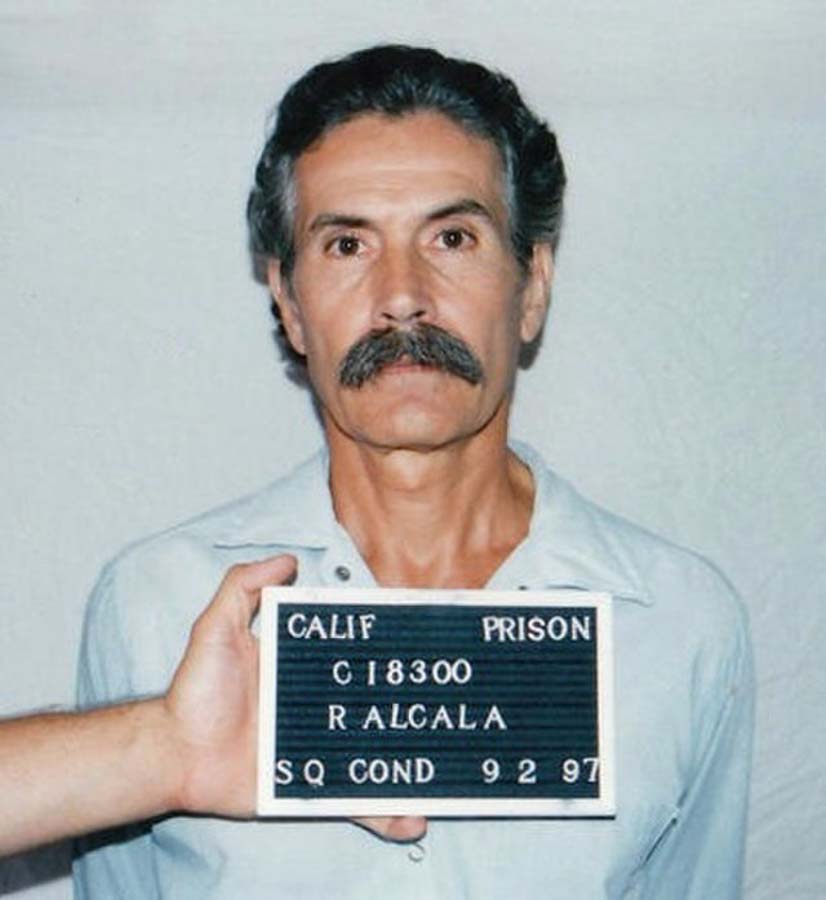
Alcala's Cross-Country Killing Spree
The Dating Game Killer definitely got around. Despite only being convicted for murdering seven women, it's estimated that Alcala killed up to 130 individuals in various states.
Alcala was sentenced to death in California. Investigators in New York began looking into his potential ties to unsolved murder cases from the 1970s.
He was arraigned in 2012 for the murders of Cornelia Crilley in 1971 and Ellen Jane Hoover in 1977. Alcala pleaded guilty to these murder charges and was sentenced to 25 years to life.
In 2016, the killer was charged with the murder of Christine Ruth Thornton. She disappeared in 1978, when she was 28 years old and six months pregnant. Her body wasn't found until four years after her disappearance.
Christine Ruth Thornton would not have her remains identified until 2015, when DNA submitted by her relatives proved to match the body found in 1982.
In a photo that Alcala admitted to taking, one of her relatives also recognized her. Christine Thornton would be the first victim linked to the pictures since they were released to the public.

While he did admit to taking Thorton's picture, he denied that he was the one who killed her. At the time, he was apparently too sick to travel to Wyoming to face his charges, so he remained in California, continuing to appeal his death sentence.
Rodney Alcala is also the suspect in several other cold cases. These homicides took place in San Francisco, Arizona, New Hampshire, New York, and Washington state.
The Death of the Dating Game Killer
On July 24, 2021, Rodney Alcala died of natural causes. He was 77 and awaiting his execution on death row in Corcoran, California.
The former Orange County Senior Deputy District Attorney, Matt Murphy, the prosecutor for Samsoe's case, said Alcala's death was long overdue. Murphy claimed that “he was the cruelest and most sadistic murderer I ever prosecuted."
Alcala enjoyed choking his victims until they were unconscious and then allowed them to come to. Once they were conscious again, he would get a kick out of seeing the fear in their eyes and watching them suffer as he killed them. Murphy said that this torturing would often go on for hours.
Alcala's passing brought relief to the families and individuals affected by the predator's crimes committed. Many other women felt safe knowing that they would no longer have to worry about becoming a victim of the Dating Game Killer.
Want more true crime? Check out these 13 horrifying Albert Fish facts!





